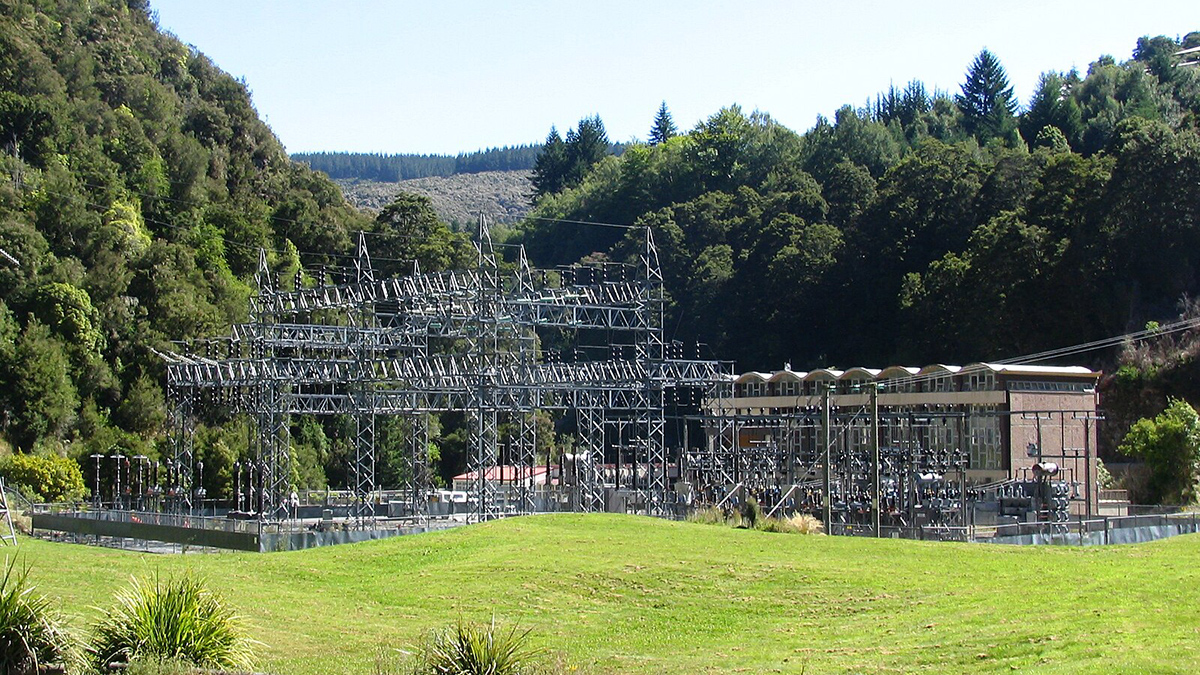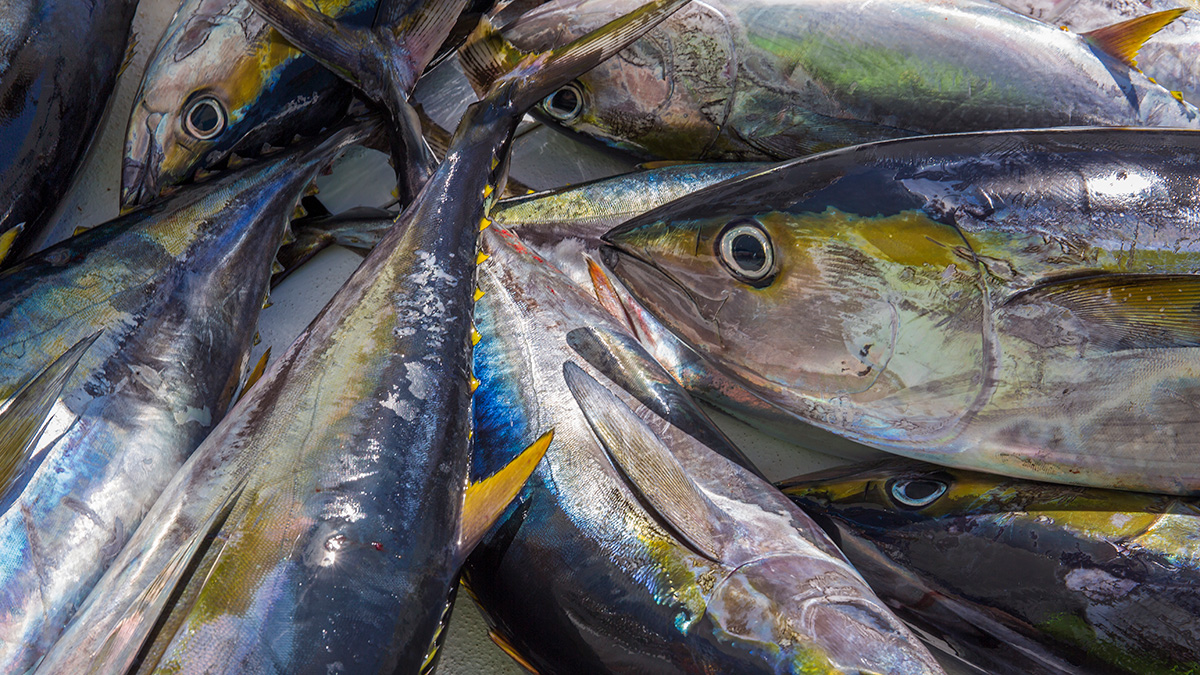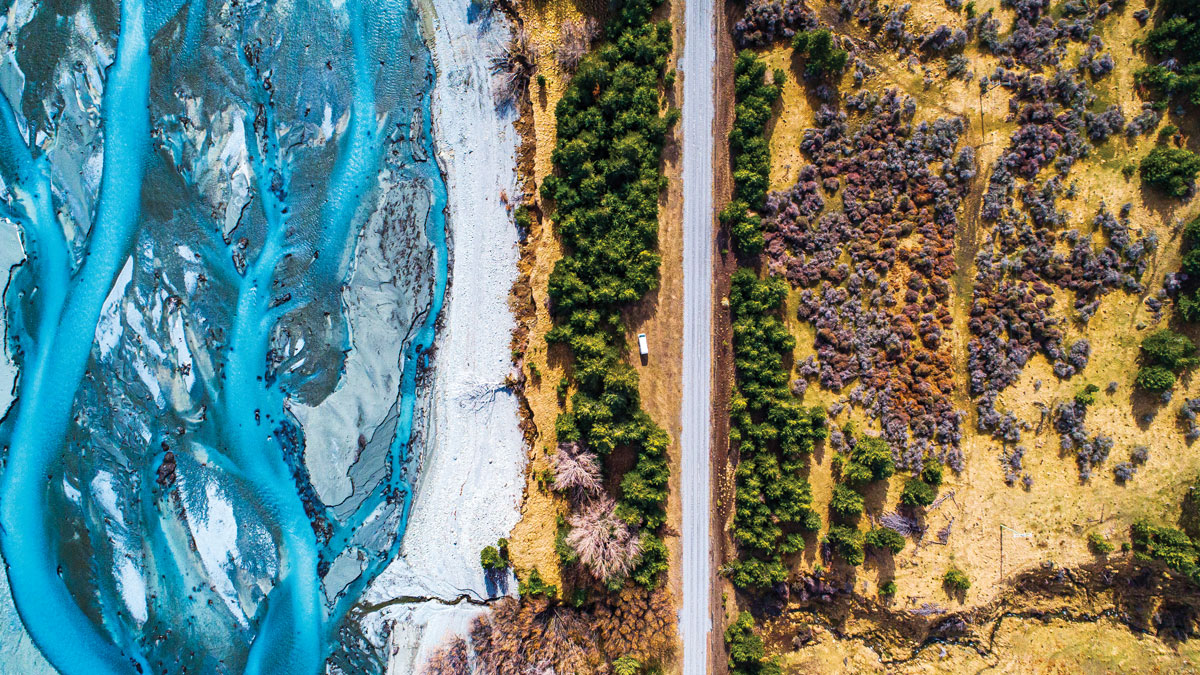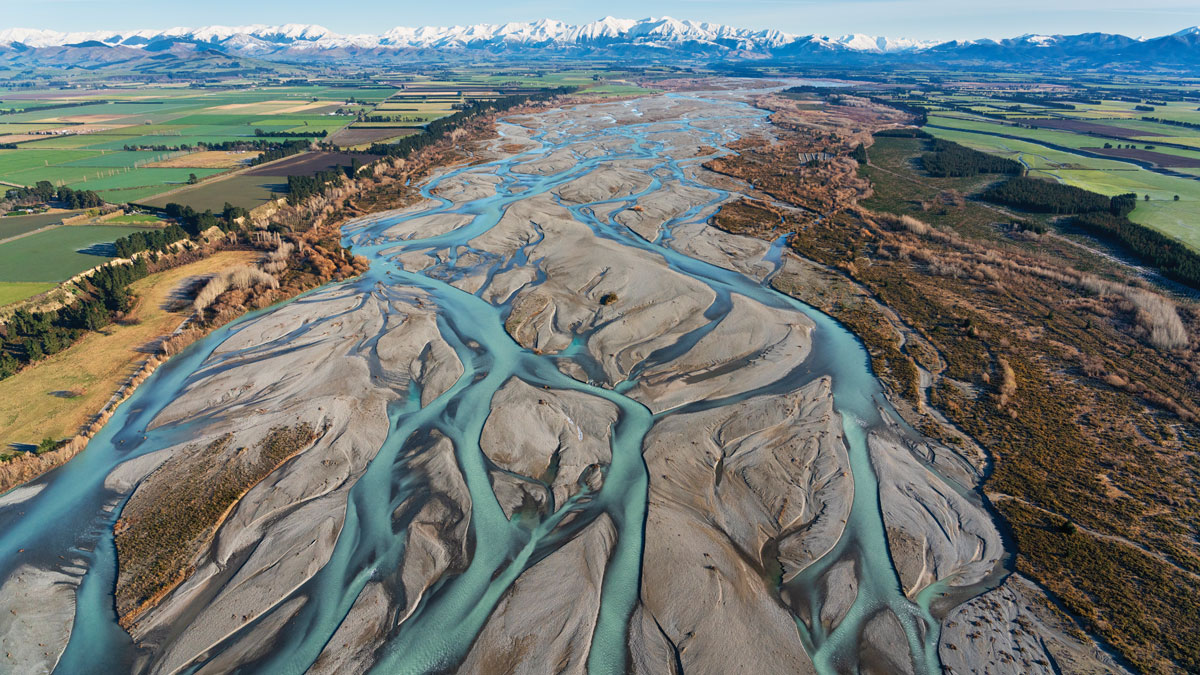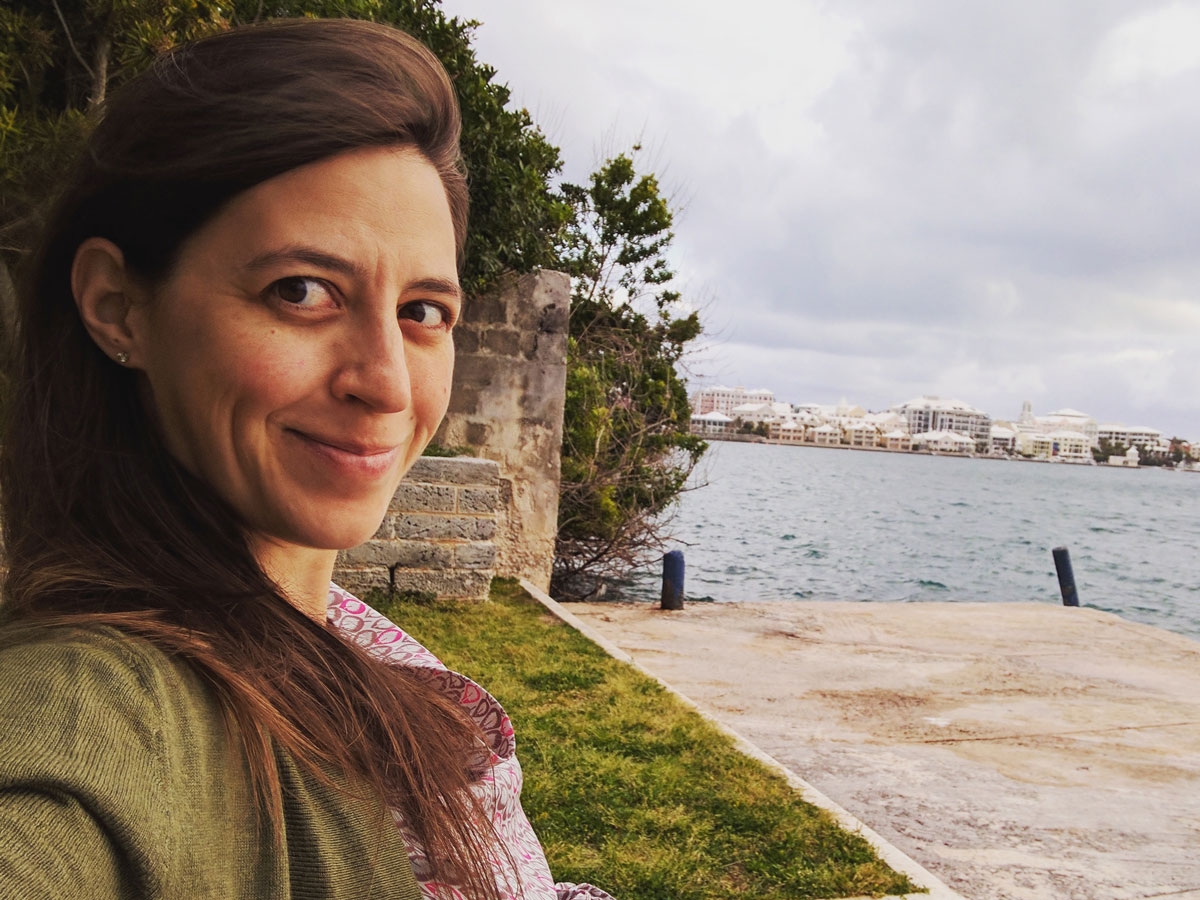Previous research indicated aerosols in ship exhaust could enhance lightning. New research indicates the ships themselves may be to blame as well.
business & industry
Diverse Forests Store More Carbon Than Monocultures
Adding even just one more tree species can increase forest productivity, a new meta-analysis shows.
Protecting Power Grids from Space Weather
A new paper explores ways to mitigate the impact of geomagnetically induced currents on the New Zealand power grid.
Arenas de aguas profundas y dónde encontrarlas
Antiguas avalanchas submarinas llevaron arena al abismo oceánico en el momento en que algunos menos lo esperaban.
AI Could Reshape Climate Communication
If we can overcome its pitfalls, AI holds promise for improving trust in climate science and activating a largely disengaged public, with meaningful consequences for health and well-being globally.
Établir une carte d’identité du bois pour freiner la déforestation illégale
Des chercheurs ont créé un nouvel outil d’analyse pour améliorer la traçabilité du bois qui pourrait permettre d’appliquer la législation de l’Union européenne visant à lutter contre la déforestation.
Las protecciones marinas no afectan la captura de peces en México
La captura de especies como el atún y el pez espada no disminuyeron después de que un área marina protegida del tamaño del estado de Nueva York fuera establecida en las costas de México en 2017.
Inspiring Others to Braid Their Own Paths
Our annual Career Issue spotlights individuals charting their own course through Earth and space sciences.
The Career Issue: A Path for Everyone
There are as many career journeys in the geosciences as there are people wandering through the field. Read about how 14 scientists found their way.
Kelly Hereid: Modeling Catastrophes for Insurers
A geoscientist helps homeowners and businesses adapt to worsening wildfires, storms, and floods.



